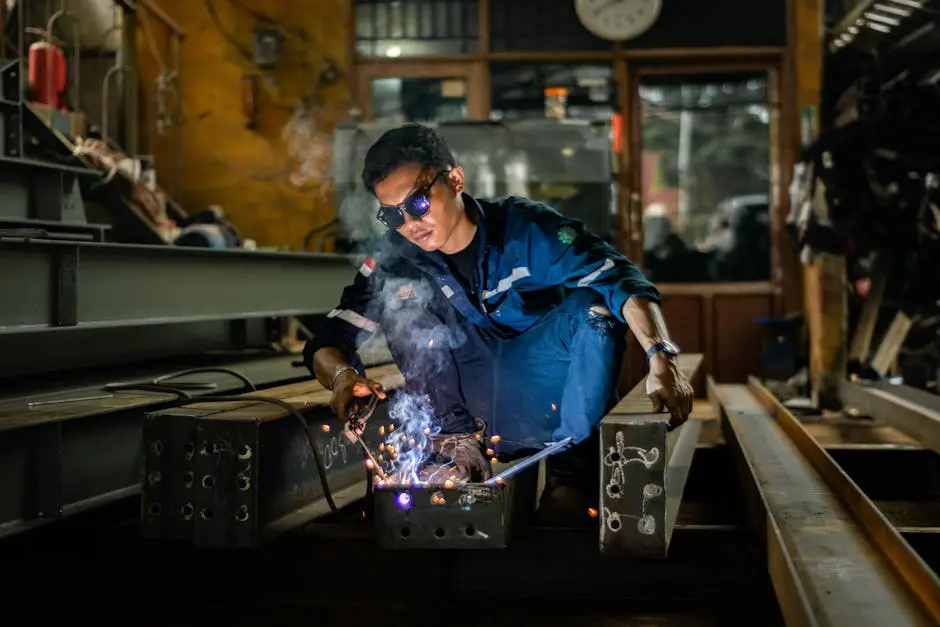Construction surveying is essential for the success of any building project. However, it comes with its own set of challenges. In this blog post, we’ll discuss some of the most common mistakes made during construction surveying and provide tips on how to avoid them. With a few simple precautions, you can ensure your project stays on track and within budget.
1. Ignoring Preliminary Site Research
Before starting any surveying work, it’s crucial to conduct thorough preliminary site research. Failing to do so can lead to unexpected complications and delays. Always gather as much information as possible about the site conditions, soil types, and existing structures.
Skipping preliminary site research can result in substantial setbacks, especially when unforeseen obstacles arise. These could range from hidden utility lines to unexpected soil conditions that may complicate foundation work. By gathering critical site information early on, you can identify potential issues and plan accordingly to mitigate risks. For a comprehensive guide on what to consider during your preliminary research, you can consult the Construction Surveyor guide provided by Ludlow Engineering.
2. Inaccurate Measurements
One of the most critical aspects of construction surveying is taking accurate measurements. Small errors can lead to significant issues down the line, such as misaligned structures or costly rework. Double-check your measurements and use reliable, calibrated equipment.
Inaccurate measurements can disrupt an entire project timeline and inflate costs. It’s crucial to understand that even minor inaccuracies can snowball into major issues, requiring rework that consumes both time and resources. Implement strict protocols to ensure calibration and accuracy. For more details on how to maintain measurement accuracy, check out this guided explanation.
High-quality equipment, while essential, is not a cure-all solution for measurement errors. Always cross-verify readings and ensure that you have multiple checkpoints to validate measurements. Sometimes human error or environmental conditions can affect the readings, so use tech tools to cross-check measurements consistently.
3. Overlooking Weather Conditions
Weather can significantly impact the accuracy of your surveying work. Wind, rain, and extreme temperatures can all affect your instruments and measurements. Always take weather conditions into account and plan your surveying activities accordingly.
Ignoring weather conditions can severely compromise the quality of your surveying data. For example, wind can sway measurement instruments, while humidity might warp distance-measuring tools. It’s advisable to use weather-resistant equipment and check the weather forecast regularly to avoid unnecessary setbacks.
Weather considerations are particularly crucial when working on large outdoor sites. Extreme weather can not only affect your measurements but also pose safety risks. By factoring weather into your project timeline and equipment choices, you ensure both accuracy and safety.
4. Neglecting Regular Equipment Maintenance
Surveying equipment needs regular maintenance to ensure it remains in good working condition. Neglecting this can lead to inaccuracies and even equipment failure during critical moments. Schedule regular maintenance checks and calibrations to keep your tools reliable.
Routine maintenance extends the lifespan of your equipment and guarantees reliable performance. Missing a maintenance check can have dire consequences, especially if your equipment fails in the middle of a crucial measurement. Adhering to a strict maintenance schedule minimizes these risks.
For advice on maintaining specialized surveying equipment, you can refer to professional standards and manufacturer’s guidelines. Regular calibration is equally essential, as it ensures that your instruments function optimally and provide accurate readings. Learn more about avoiding common equipment errors from this insightful surveying mistakes article.
5. Poor Communication Among Team Members
Effective communication is vital in any construction project. If surveyors don’t communicate properly with other team members, critical details can be overlooked, leading to mistakes and rework. Establish clear communication channels and regular project update meetings.
A lack of communication can cause a chain reaction of misunderstandings, resulting in compounded errors. Implementing a structured communication plan is crucial to ensure that everyone understands their roles and responsibilities. Use project management tools to facilitate seamless communication among team members.
Frequent check-ins and updates help to keep everyone on the same page. Miscommunications often stem from a lack of real-time updates, causing discrepancies that need to be corrected later. Consistent updates and meetings can help mitigate these issues, ensuring smoother project progression.
6. Ignoring Regulatory Requirements
Every construction project must adhere to specific regulatory requirements and standards. Ignoring these can result in legal issues, fines, and costly delays. Ensure you are familiar with all relevant regulations and comply with them during the surveying process.
Different regions have different regulatory standards that must be met. Non-compliance can halt projects, attract legal penalties, and incur additional costs for adjustments. Always stay updated on local and national regulations governing construction surveying to avoid these pitfalls.
Collaborate with legal advisors and regulatory experts to ensure that every aspect of your surveying work is compliant. Being proactive about understanding and applying these requirements can save you from expensive and time-consuming setbacks.
7. Failure to Document Survey Data
Proper documentation is essential for future reference and to verify the accuracy of your work. Failing to document survey data can cause confusion and errors later in the project. Keep detailed records of all measurements, observations, and changes made during the surveying process.
Good documentation practices facilitate easier project handovers and audits. When every detail is meticulously recorded, it provides a reliable point of reference for stakeholders, ensuring transparency and accountability throughout the project lifecycle.
Consistent documentation can also help in troubleshooting issues that may arise later. Detailed records allow you to trace back and identify the root causes of any problems, making corrective actions more straightforward. For more techniques on improving your documentation process, check the comprehensive insights available in the surveying FAQs from Ludlow Engineering.




